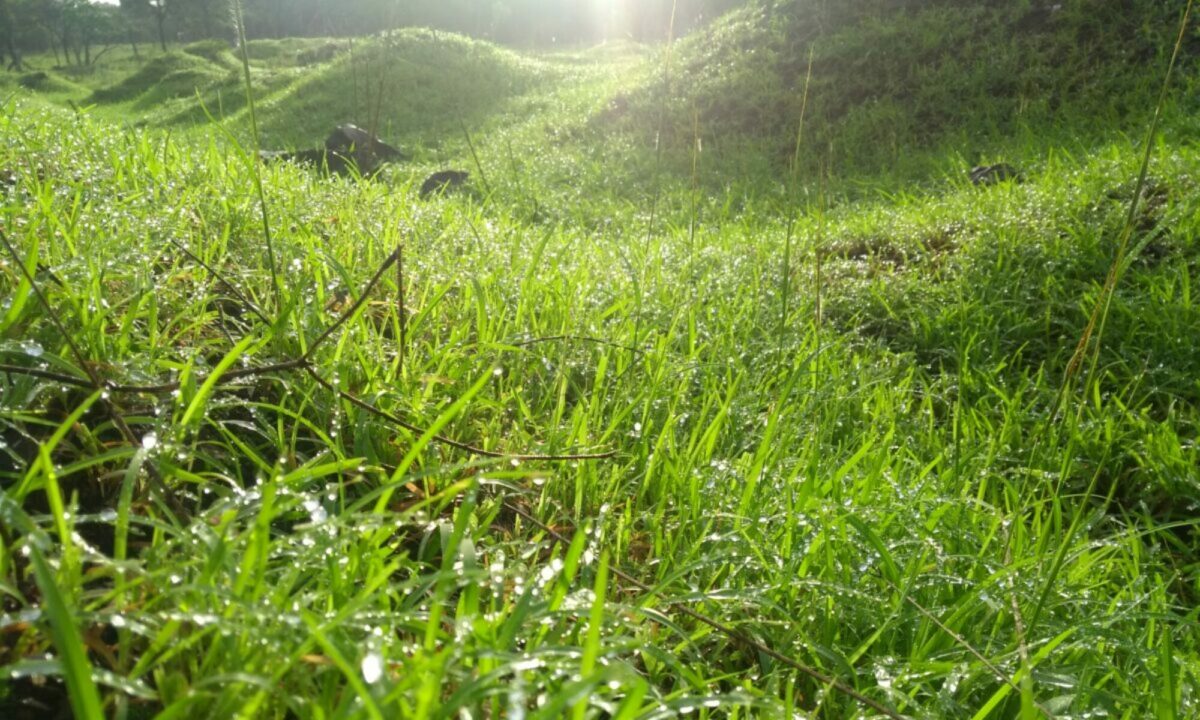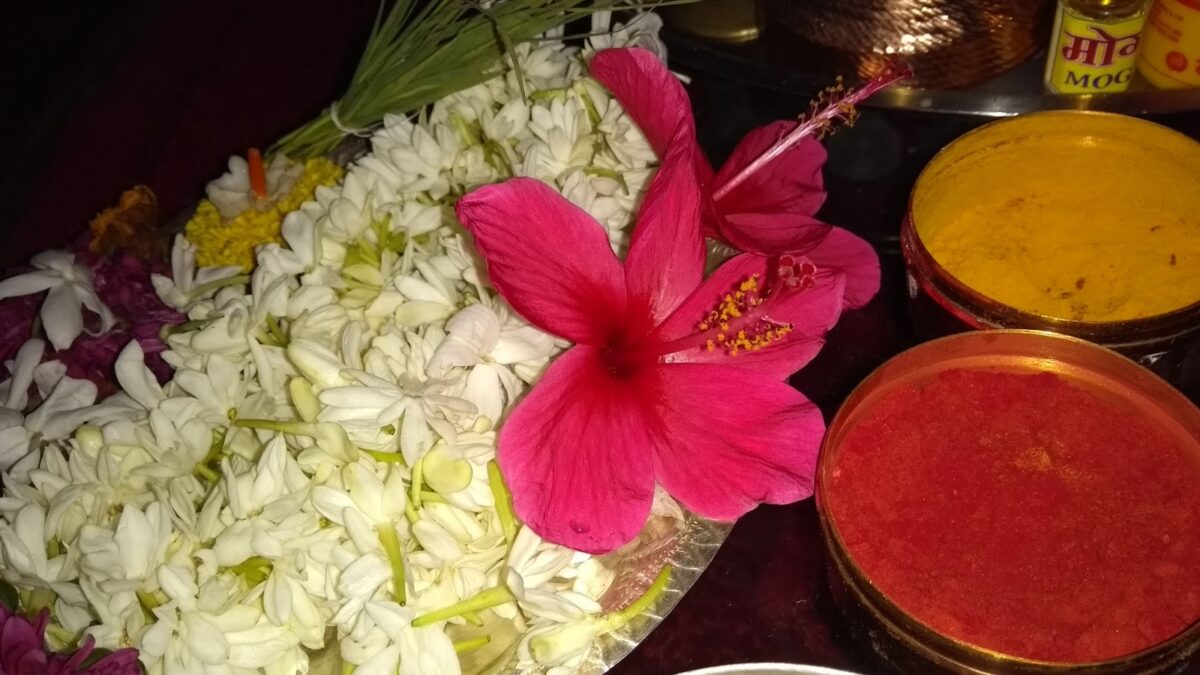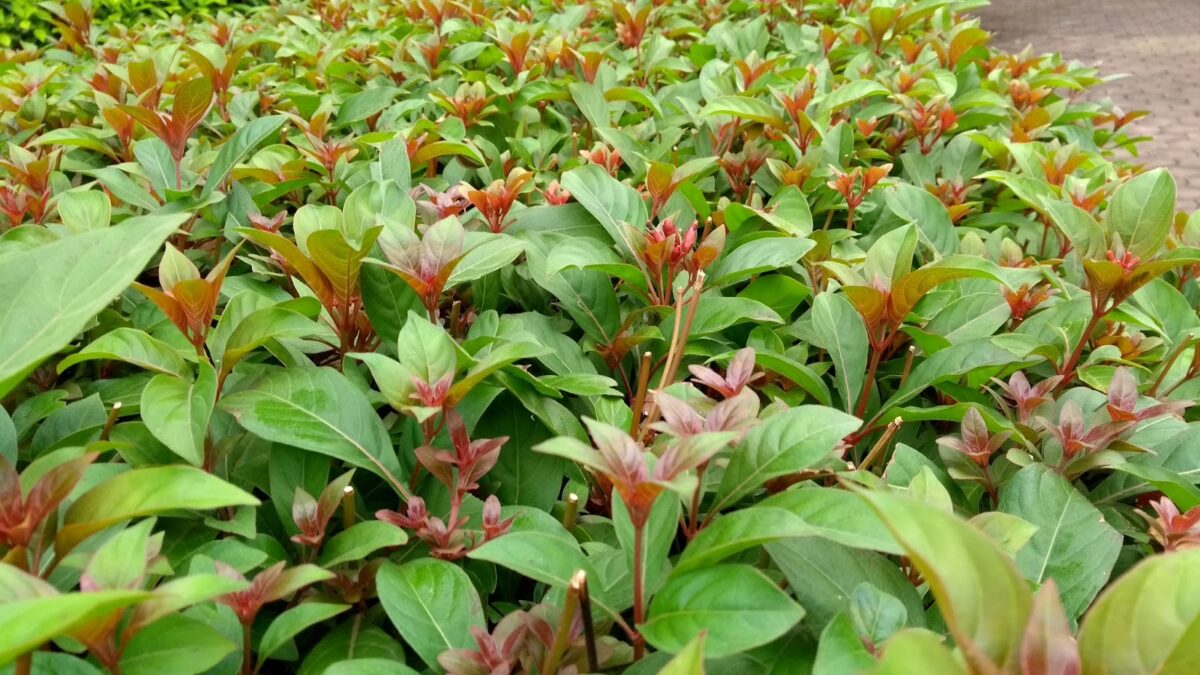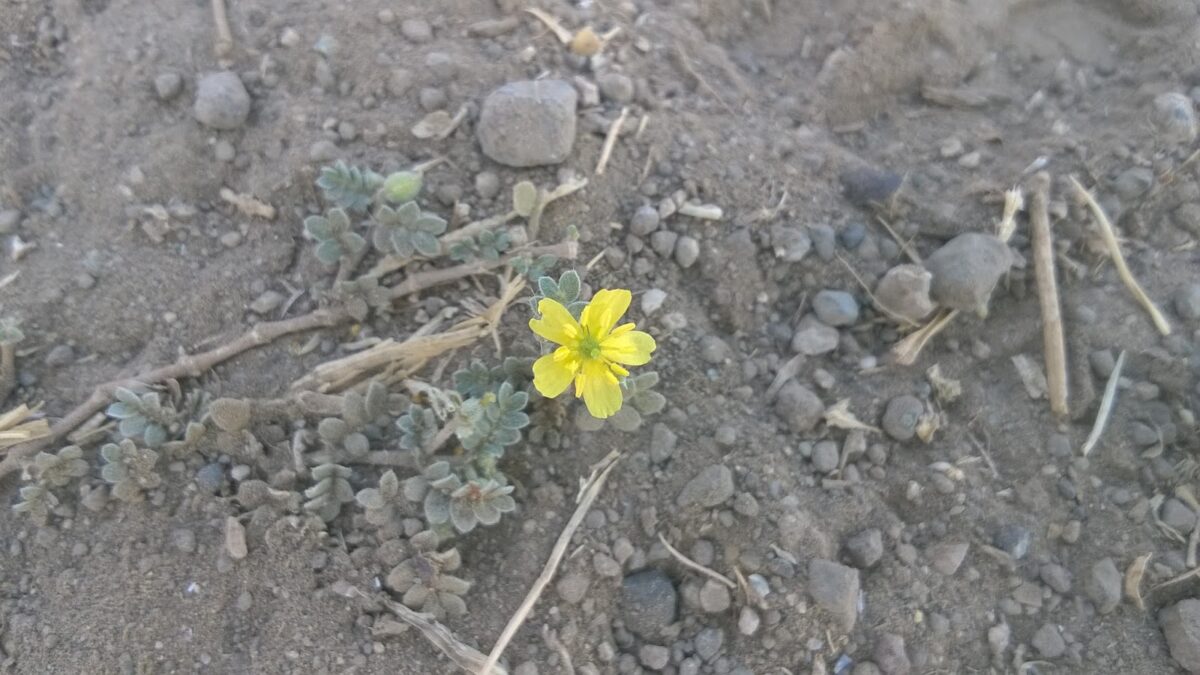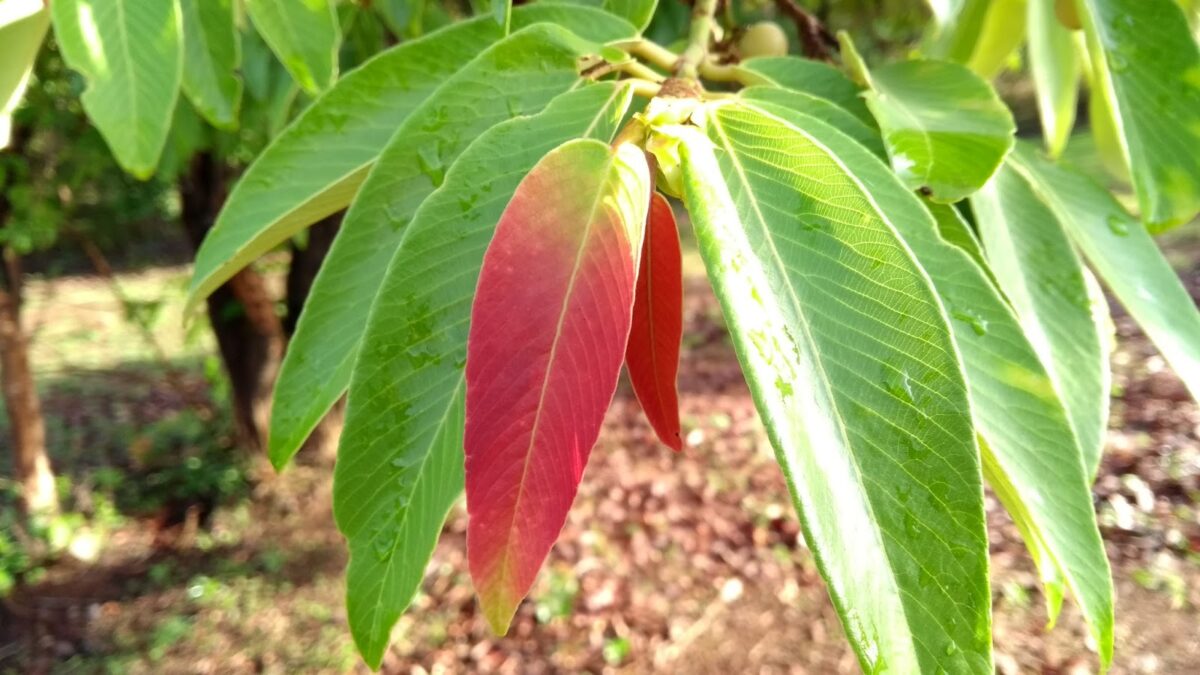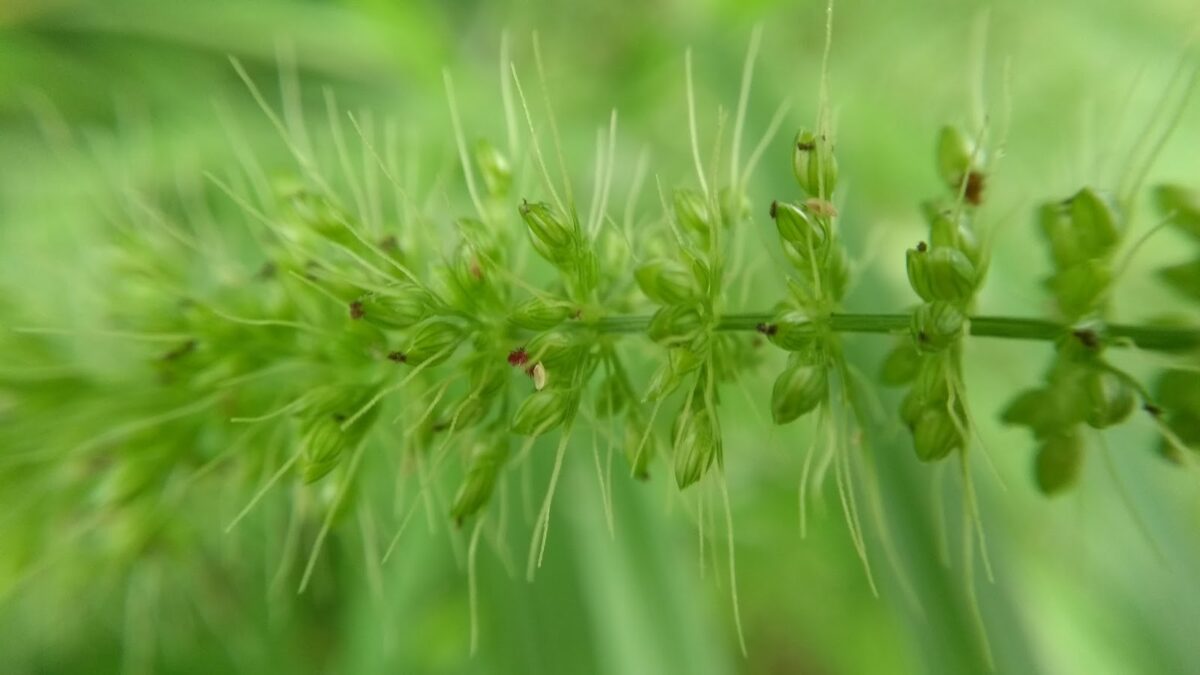
Sleeping (#ThursdayTreeLove)
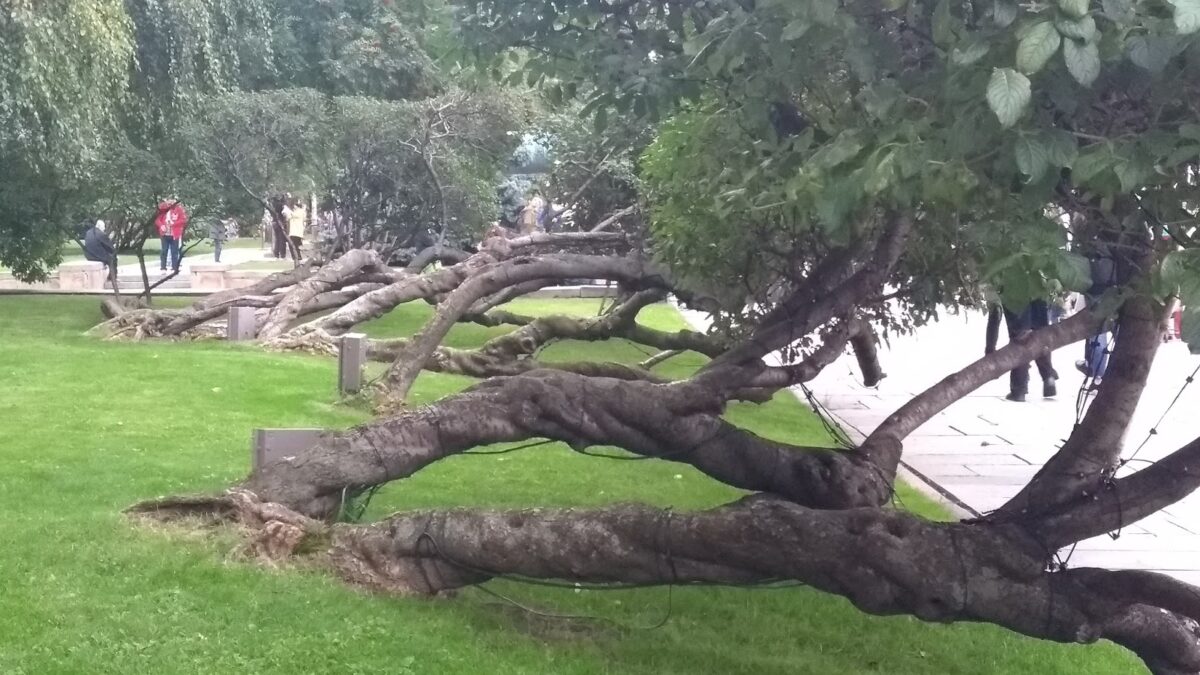
Strange as it sounds these trees do have a ‘sleeping’ habit dont you think?
I came across them in Moscow during our tour of the Kremlin. As yet, I havent been able to ascertain their ID and none of the locals around including our Guide could help me in this respect…
Why must they be horizontal? Flattened in some storm perhaps? Or is it the natural growth style of the species?
I wonder…. Any ideas folks??
I am participating in Parul’s #ThursdayTreeLove24. Do head over for some fantastic trees from around the world.
Eyecatching (#ThursdayTreeLove)

These bright reds caught my eyes! Aren’t they beautiful???

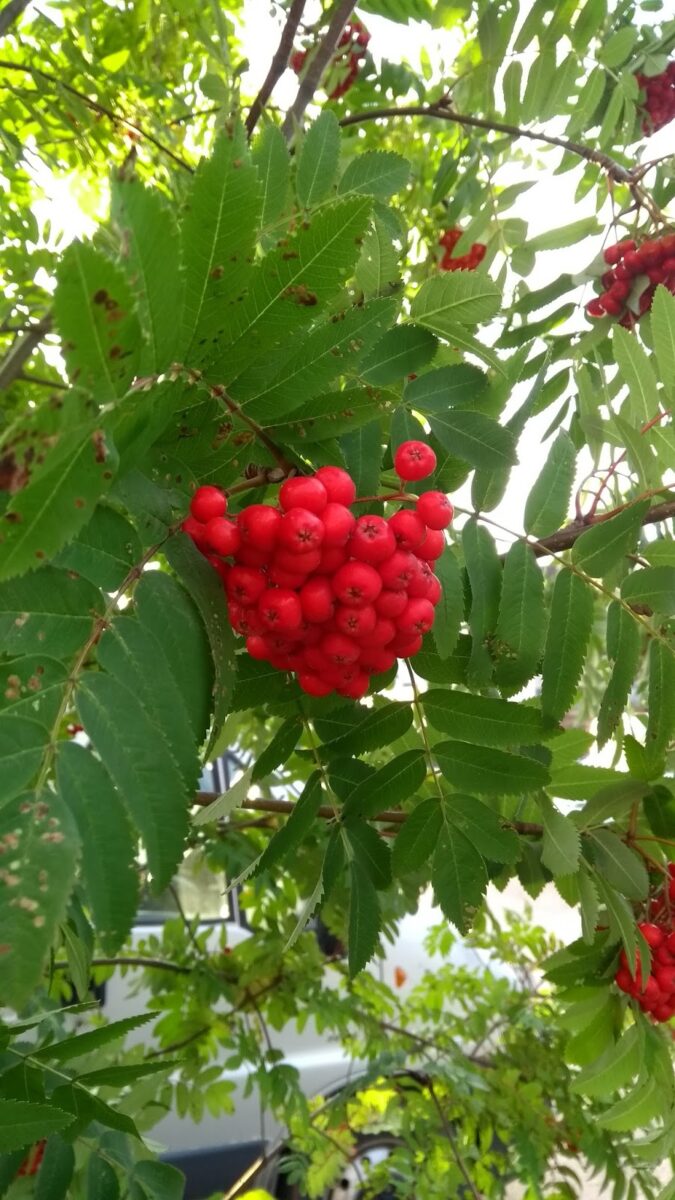
I am paticipating in Parul’s #ThursdayTreeLove. Join in to see some wonderful trees…
Pooja (Wordless Wednesday)
Golden (#ThursdayTreeLove)
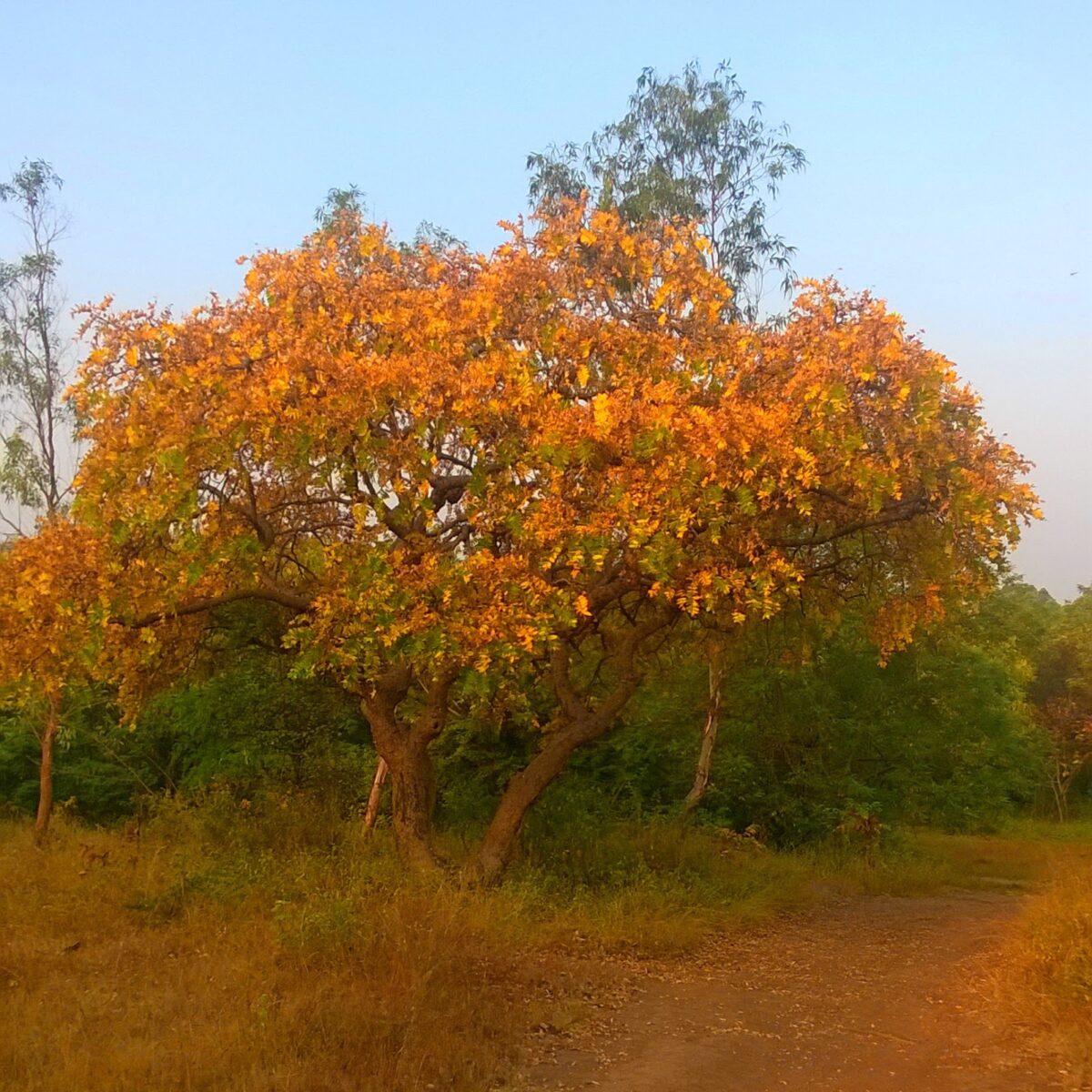
This is a Boswellia serrata of the Burseraceae family (locally called Salai). In the above image, the golden glow is due to the morning sunlight on its fading (hence golden yellow) leaves in the autumn. The hills in Pune have many Salai and its easily recognised by its peeling pale coloured bark. It blossoms in January though the flowers are not very conspicuous. The tree exudes an oleo-gum-resin which is said to have medicinal properties, as is the tree bark.
Here is the same tree in the monsoon – isn’t it a glorious transformation??
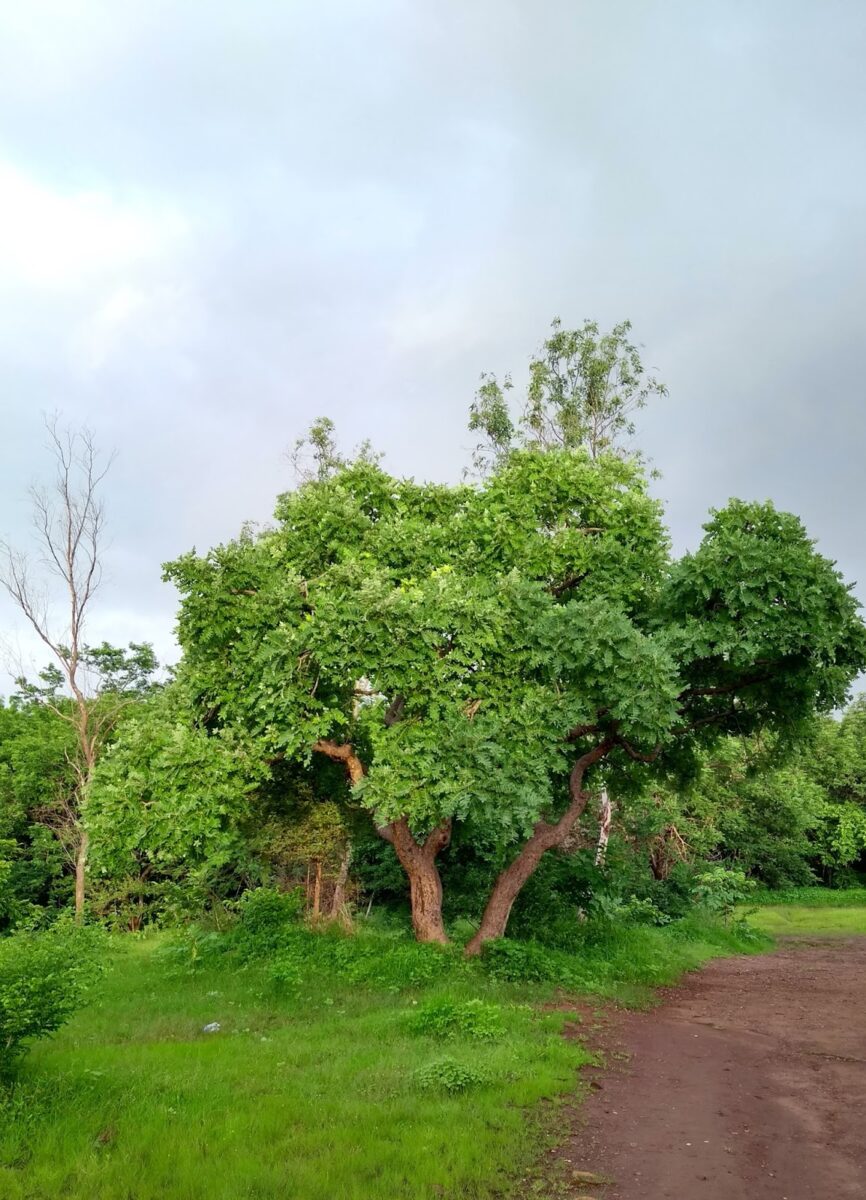
The following image shows the peeling bark. If you can zoom in, its possible to see a greenish layer beneath the yellowish papery peel.
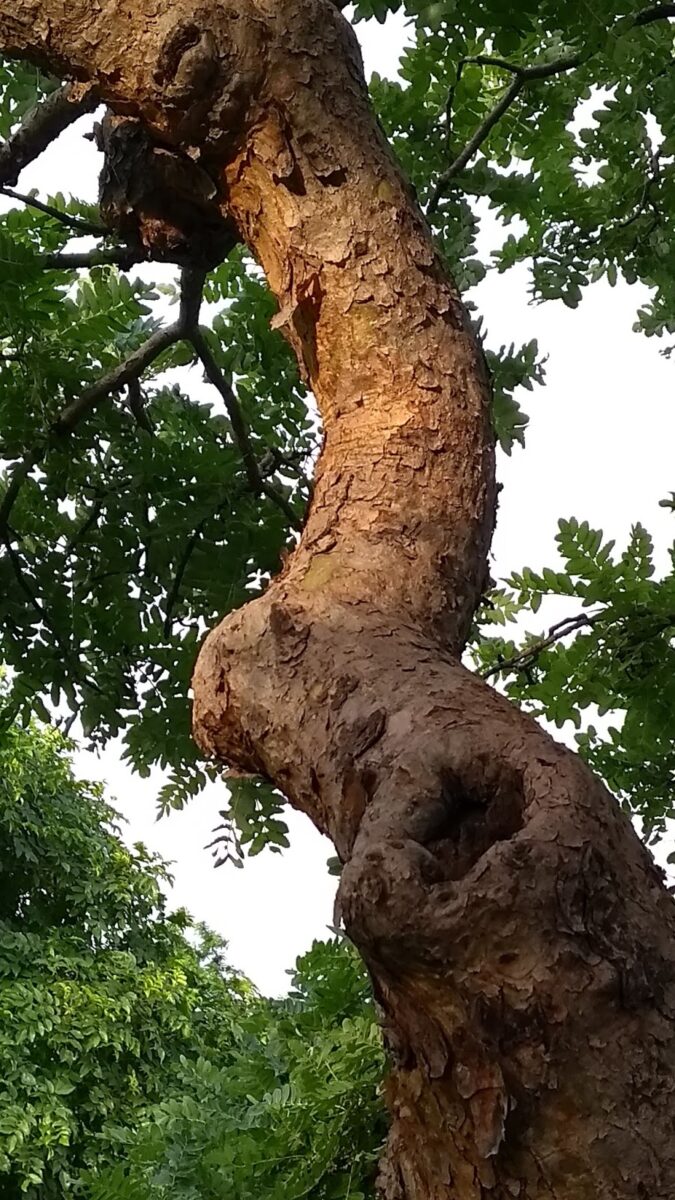
Fall colours in the colder climates are a much sought after touristy delight, one that is high on my wish list. The deciduous trees in my city also display changing leaf colours in the autumn which are just as beautiful.
Have you noticed leaves turning golden in November every year?
I am participating in Parul’s photo initiative #ThurdayTreeLove. This is my contribution to #ThursdayTreeLove21
Firebush (Wordless Wednesday)
Baobab (#ThursdayTreeLove)
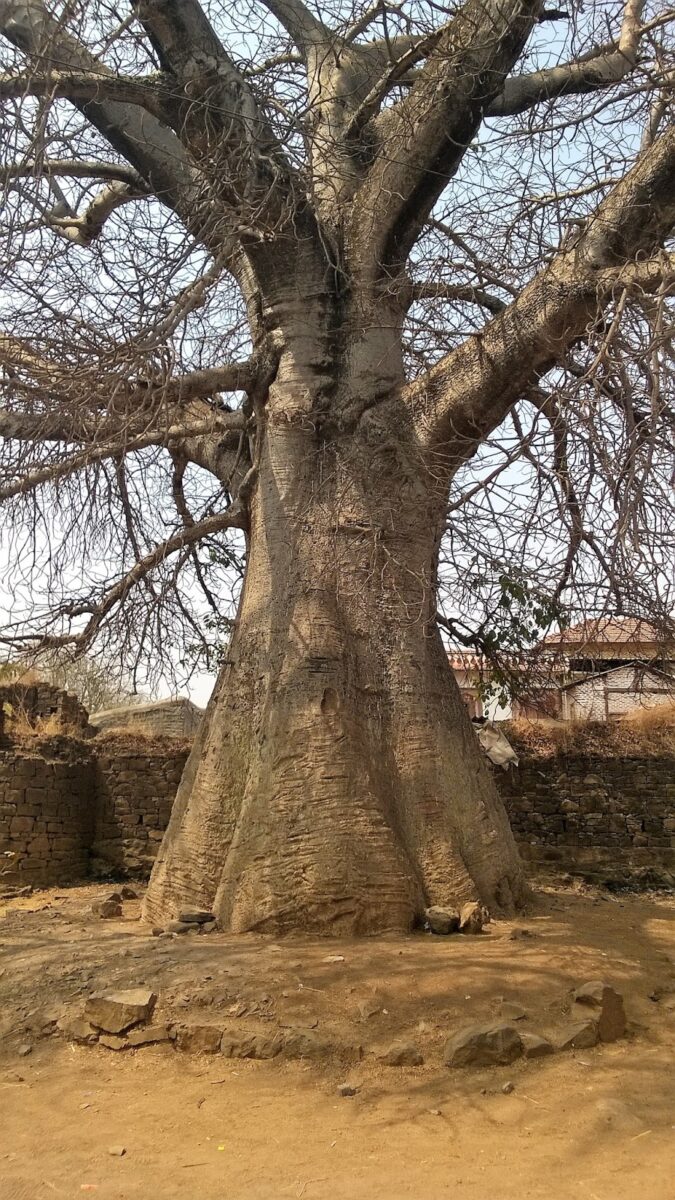
This massive apparently dry tree is none other than the Baobab (Adansonia digitata) of the Bombacaceae family. It simply demanded attention and the three of us holding hands together to form a chain could not completely encircle its girth!
Its startling feature is a thick trunk and combined with the palmate leaves, identification is fairly simple. The trunk stores water and the tree loses all its leaves during the dry seasons. The flowers are white and bell shaped and bloom at night. They are most likely to be bat-pollinated.
Baobabs are found in several parts of the world. I have spotted three in Pune but the photo above is from a place called Menavali near Wai in Maharashtra.
The tree can grow to be really really old and the hollow massive trunk of one such tree in Zimbabwe is said to be able to shelter 40 people! Whoa!!
In his book ‘Videshi Vruksha’, Prof SD Mahajan mentions a Baobab in Hyderabad that has a diameter of 5 m and is referred to as ‘हाथियों का पेड”. There is grove of several Baobab trees near Mandu in Madhya Pradesh as well.
In fact, the Baobab finds a mention in the list of Baobab species in the Landmark Trees of India. Though an introduced species in our country, it seems to have flourished here to the extent that it seems like an indigenous species.
Here is an image of an old Baobab in Pune that grows in the Savitribai Phule Pune University. The tree had collapsed since the trunk was hollowed by some infestion but as you can see, it had not died… The image is not very clear, but it does give a general idea.
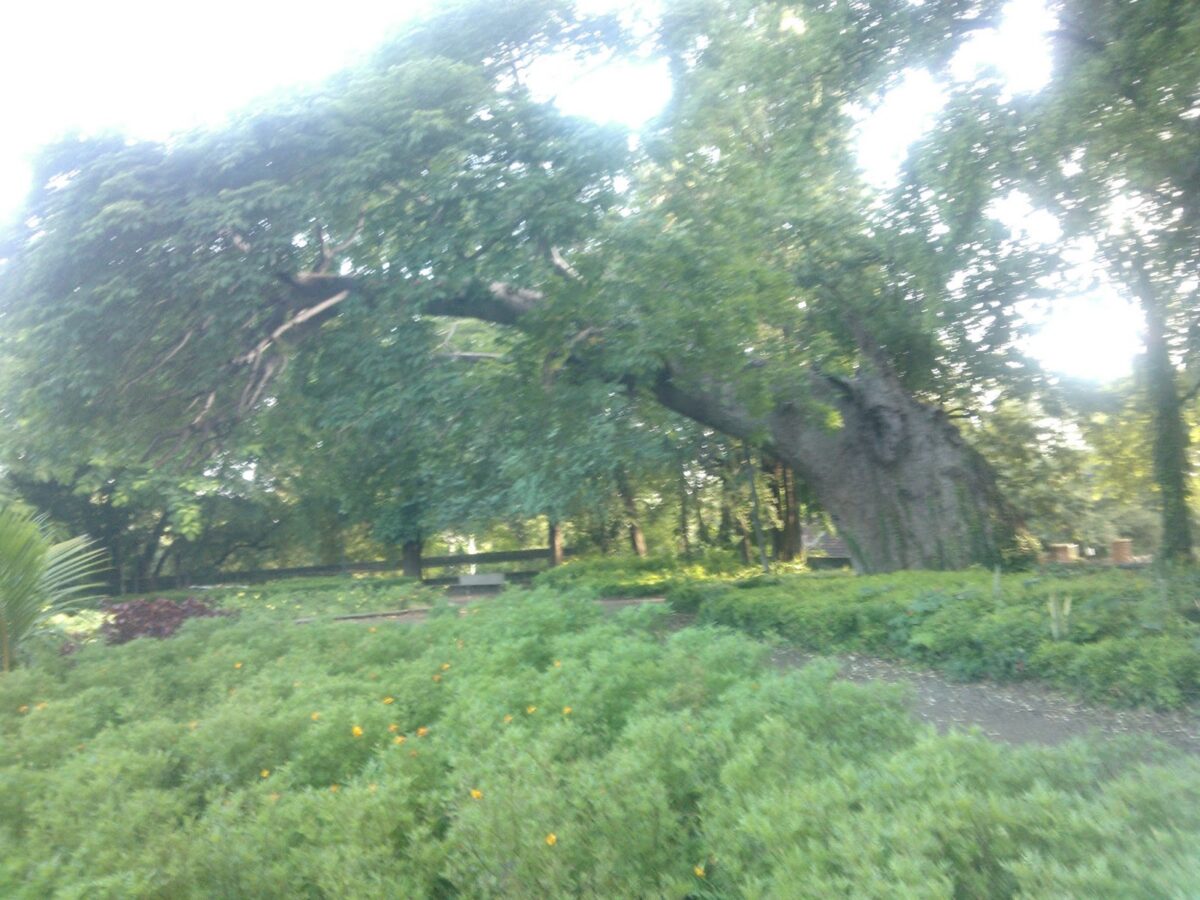
Have you seen a Baobab tree? Is there one growing in your city?
I am participating in Parul’s photo initiative #ThurdayTreeLove. This is my contribution to #ThursdayTreeLove20
Fallen ( #ThursdayTreeLove)
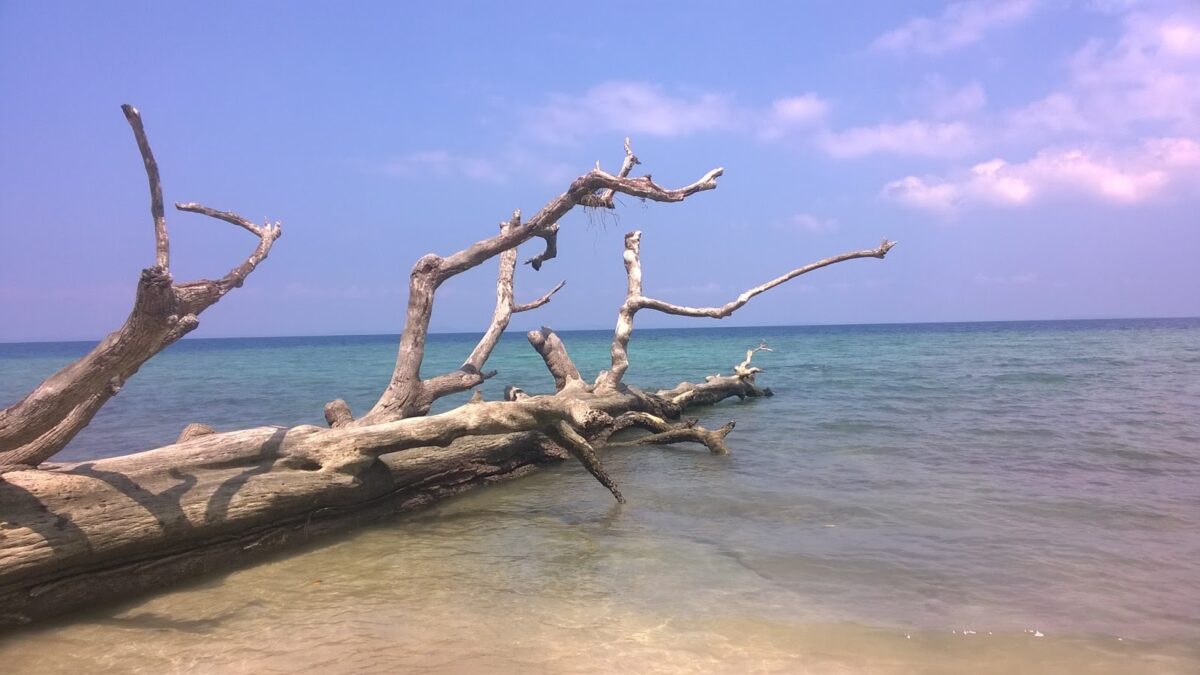
Walking along the almost pristine beach at Elephant Island near Port Blair, my path was blocked by this massive gnarled tree. Its bare whitish bark exuded a strange beauty that competed fiercely with the blue hues of the sea. The thickness and length of its trunk suggested it had seen several summers. While the locals did not seem to know its name, it could have been Manilkara littoralis or the Sea Mohua but this is just a guess… The beach had several such specimens that I later found, the effects of the Tsunami perhaps?? It continues to awe despite having fallen….
One of the local names of the Sea Mohua is Andaman Bullet Wood. The name Mohua first reminded me of the familiar Mahua and both these belong to the same family Sapotaceae (Chikoo family).
Here is another image of the same tree (trees) on another beach. It gives an idea of how they tower over us!
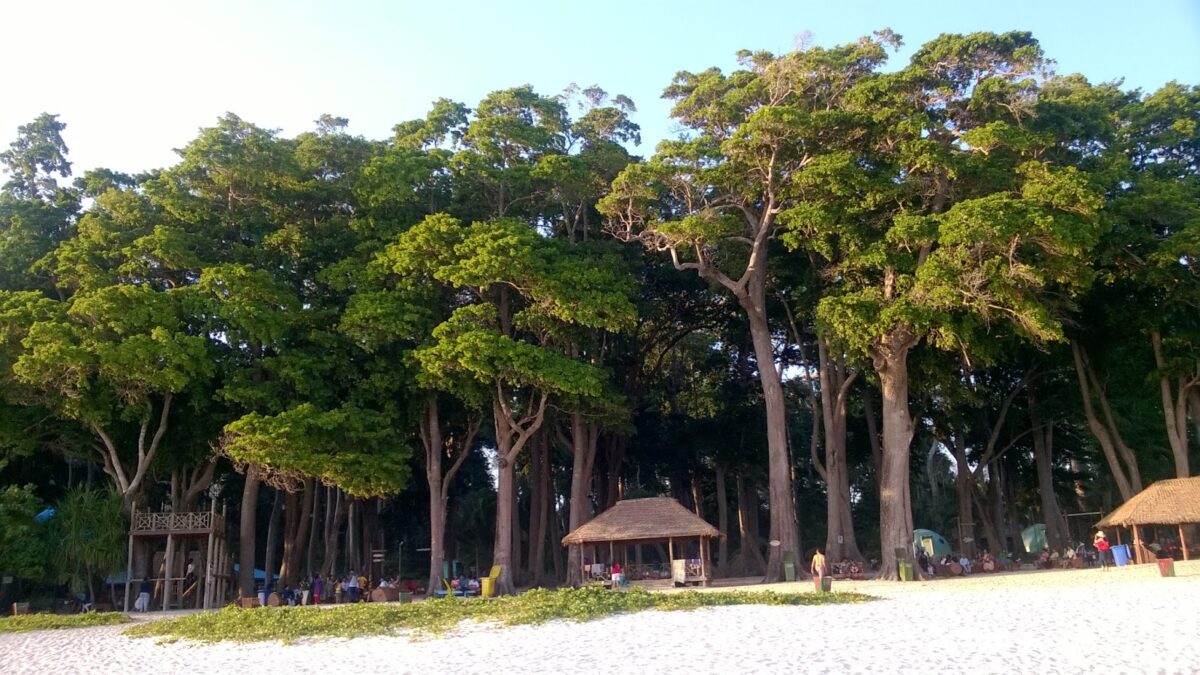
I am participating in Parul’s photo initiative #ThursdayTreeLove. This is my contribution to #ThursdayTreeLove-19
